Ever wondered why people queue outside Apple stores like it’s a concert?
The buzz isn’t just hype. It’s the result of smart branding, standout design, and unmatched user experience. This Apple case study uncovers how a tech company became a lifestyle brand.
We’ll explore the marketing strategy of Apple, its focus on innovation, and what makes its products both loved and expensive. From iconic ads to AI-powered features, Apple has done it all with style.
Let’s dive into the story behind the Apple logo that made the world bite.
Company History and Transformation
Apple started in a garage in 1976, like most legends do. Steve Jobs, Steve Wozniak, and Ronald Wayne built Apple I, basically a fancy circuit board at the time. But it sold, and it sparked something bigger.
By the ’80s, Apple was a rising star with the Apple II and then the Macintosh. But soon after, the company hit a rough patch. Leadership kept changing, products failed (remember the Newton PDA?), and the brand lost focus. It was like Apple forgot who it was a shift that later shaped the marketing strategy of Apple into what we know today: focused, innovative, and customer-driven.
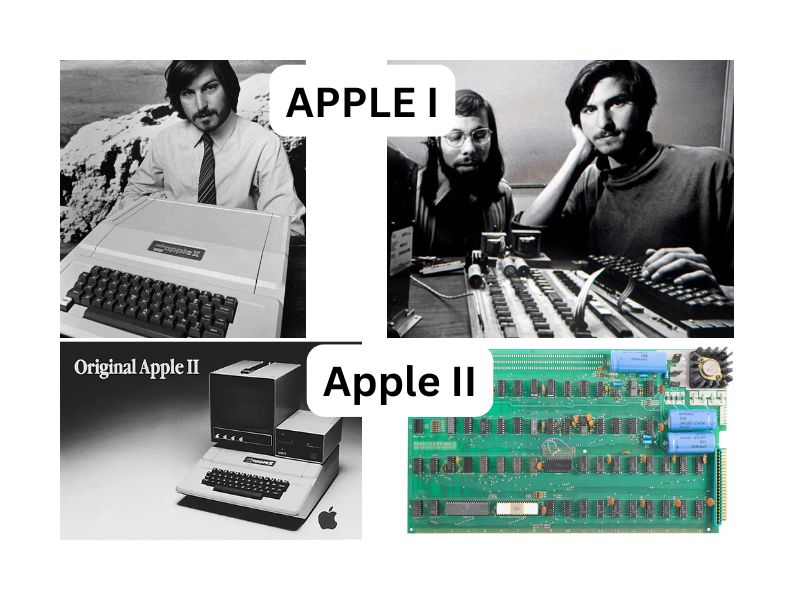
Then in 1997, Jobs returned and everything changed. He simplified the product line, focused on design, and introduced a new vision. That moved redefined Apple’s journey and kicked off a success story unlike any other.
From there, it wasn’t just about making tech it became about making experiences.
Visionary Leadership (Steve Jobs and Legacy)
Steve Jobs wasn’t just a CEO he was a storyteller. He didn’t just sell Apple products; he sold dreams. His obsession with perfection, clean design, and user experience reshaped how we see technology.
He believed products should be simple, beautiful, and intuitive. That’s why using an iPhone or Mac feels natural. He once said, “Design is not just what it looks like and feels like. Design is how it works.” That mindset built Apple’s reputation and laid the foundation for the Apple case study in innovation.
Jobs also had a flair for drama. His product launches felt like movie premieres. People waited in line for hours sometimes days.
Why? Because Jobs made Apple feel like magic.
Even after his passing, his legacy drives Apple’s innovation. His vision still shapes how the company builds, markets, and connects with people.
And let’s be honest, nobody else could make a click wheel or a boxy white iPod feel cool in the early 2000s.
Marketing Strategy of Apple
Apple doesn’t just sell gadgets they sell a lifestyle. The marketing strategy of Apple is all about simplicity, emotion, and making you feel something.
And guess what? It works every single time.
You’ll rarely see Apple shouting about specs. Instead, they highlight how Apple products make your life better. Whether it’s a crisp image of an iPhone or a clean white backdrop with bold text, the message is always clear less is more.
They also use brilliant timing. Those famous product launches?
They’re marketing gold. Apple builds hype, keeps secrets, then drops something game changing. People go wild.
Let’s not forget their emotional branding. Ads like “Shot on iPhone” don’t just showcase features they tell stories. You see kids, families, creativity, it’s all very human.
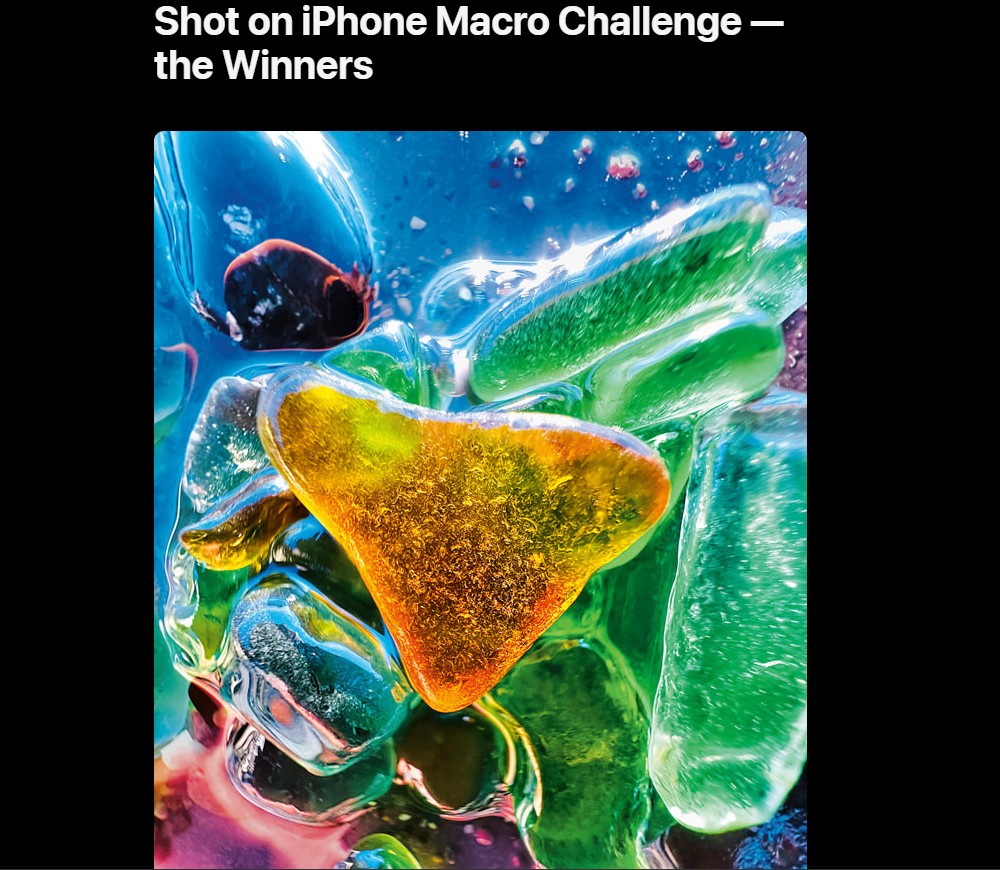
Even their pricing strategy plays a role. Apple positions itself as a premium brand. It’s part of why Apple products are so expensive because owning one feels like joining an exclusive club.
From influencer marketing to sleek digital ads, Apple’s marketing is about aspiration. It’s not just tech, it’s a statement.
Target Audience and Market Segmentation
Apple knows exactly who they’re talking to. Their audience?
Tech-savvy, design-loving, status-conscious users who want simplicity and innovation in one sleek package.
They don’t just target one type of buyer. Apple segments its market smartly with young adults, creative professionals, students, and even business users. Everyone finds something in Apple’s lineup that suits their lifestyle.
Take the iPhone SE and the iPhone 15 Pro. One is budget friendly. The other? Premium and packed with power. This shows Apple’s sharp market segmentation in action.
They also tap into education and enterprise markets. Think iPads in classrooms or Macs in creative studios. Apple speaks the language of each group perfectly.
By understanding who their users are and what they value, Apple builds loyalty that lasts. It’s no surprise they have millions lining up for new Apple products every year.
Advertising and Promotion Strategy
Apple doesn’t just sell products they sell a feeling. Their ads are clean, emotional, and powerful. Unlike many brands, they focus less on specs and more on how Apple products fit into your life.
Remember the “Get a Mac” campaign?
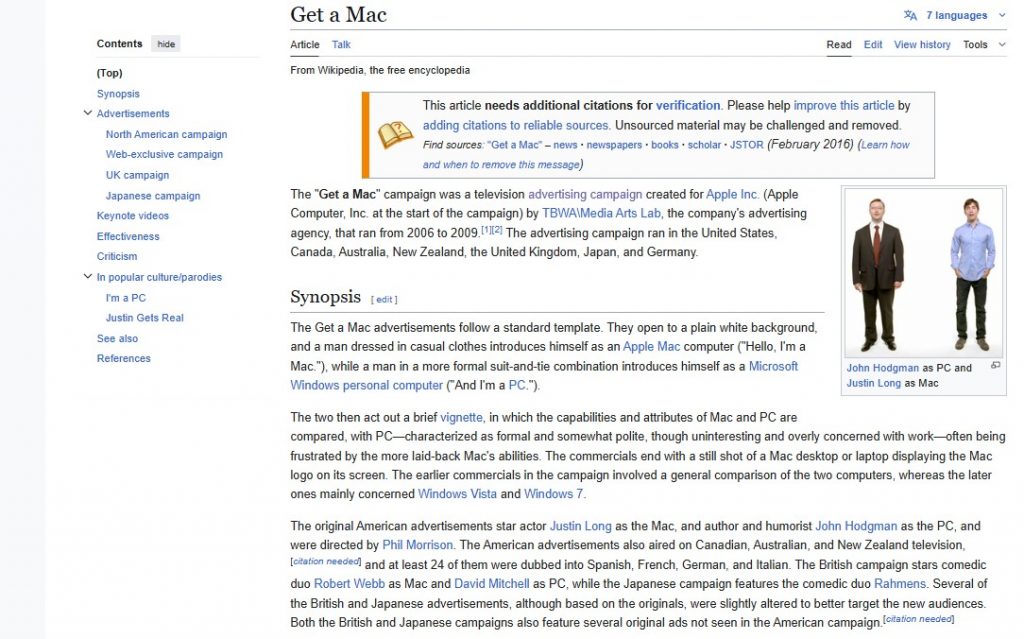
Simple. Funny. Memorable. That’s Apple’s advertising strategy, making tech feel human and relatable. Even today, their product videos focus on experience, not engineering jargon.
Apple also uses scarcity brilliantly. Their product launches are major global events. People wait in lines. Tweets go viral. The hype builds itself. This is core to the marketing strategy of Apple: build anticipation, then deliver excellence.
They also rely on sleek visuals and minimalism in their messaging. No loud banners. No cluttered graphics. Just the product and its beauty. This quiet confidence is why the marketing strategy of Apple stands out.
Whether it’s a billboard or a YouTube ad, Apple creates desire. And that’s the secret to why their promotion never feels like selling, it feels like storytelling.
Product Innovation and Design
Apple isn’t just known for making tech. They’re known for reinventing it. From the iPod to the iPhone, their innovations have changed how we live. This is the heart of the Apple innovation case study.
Take the first iPhone, for example. It wasn’t the first phone, but it was the first to combine a phone, iPod, and internet device. Steve Jobs didn’t just launch a product he launched a new era. That moment defines Apple innovation.
Their focus on clean design is just as important. No unnecessary buttons. Sleek lines. Intuitive interfaces. Every detail is intentional. Even packaging feels premium, giving users complete experience with every new Apple product.
This obsession with innovation keeps people curious.
What’s next? What will it look like?
That’s why new Apple products create so much buzz. They don’t just update, they disrupt.
And that’s what keeps Apple ahead. They don’t follow trends they create them.
Pricing Strategy and Premium Branding
Let’s face it Apple products don’t come cheap. Ever wondered why Apple products are so expensive?
It’s not just the tech. It’s the brand, the experience, and the trust behind that glowing logo.
Apple positions itself as a premium brand. That means no discounts, no budget versions. They know their audience will pay more for quality, design, and innovation. It’s a pricing strategy that screams exclusivity.
The higher price tags also fuel desire. When something’s expensive, it feels more valuable. And for many users, owning an iPhone or Mac isn’t just practical, it’s a status symbol. This plays into their larger marketing strategy of Apple.
Even when other brands offer similar features, people still choose Apple. Why?
Because the brand promise goes beyond specs. It promises simplicity, style, and status. That’s powerful.
So, while competitors fight on price, Apple wins with premium branding and a loyal fan base.
Global Strategy and Market Segmentation
Apple’s success isn’t just about innovation. It’s about knowing its audience worldwide. Their marketing strategy of Apple smartly targets diverse markets while keeping the brand consistent.
They focus on urban customers aged 20-45 with higher incomes. These users want style, performance, and status. Apple tailors messaging to fit these lifestyles whether it’s students, professionals, or creatives.
Globally, Apple adapts products for local needs. For example, the new Apple products like the iPhone SE were designed with price-sensitive markets like India in mind. This shows Apple’s smart mix of premium and accessible offerings.
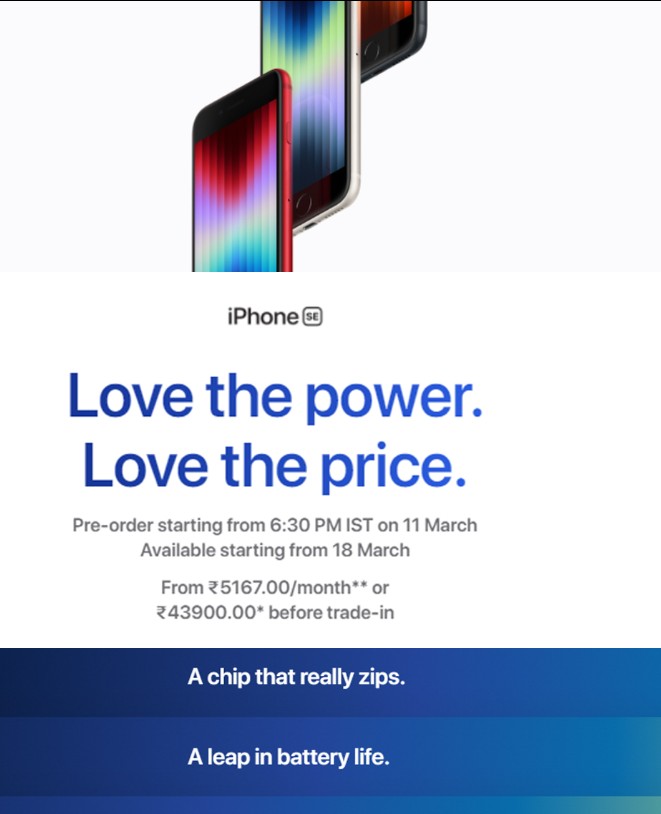
They also localize marketing campaigns with cultural nuances. This tailored approach is a core part of the marketing strategy of Apple. Ads in China differ from those in the US, yet the central brand values quality, simplicity, and innovation stay consistent across regions.
This precise market segmentation helps Apple maintain strong sales and loyalty everywhere. It’s a big reason behind Apple’s success story across continents.
Manufacturing and Supply Chain Strategy
Behind every sleek Apple product is a complex, carefully managed supply chain, a key component of the marketing strategy of Apple. Apple understands that true innovation means little without dependable manufacturing and timely delivery.
To reduce risks, Apple has diversified its production footprint beyond China. India has emerged as a major hub, with significant investments in local facilities. This move lessens overreliance on a single country and builds regional resilience.
Still, China remains vital. Many top suppliers and assembly giants like Luxshare and Goertek continue to play a central role. Apple’s approach is about balance, leveraging China’s strengths while expanding globally.
Another pillar of the marketing strategies of Apple is vertical integration. By designing its own chips and tightly syncing hardware with software, Apple ensures a seamless user experience and high product quality.
This strong grip on the supply chain directly contributes to product excellence, reinforcing Apple’s position as a leader in innovation and making it a prime Apple innovation case study in global tech success.
Financial Performance and Milestones
Apple’s financial journey is a classic Apple case study in long-term growth and strategic excellence. In 2023, Apple recorded a staggering $383.29 billion in revenue, proof of its smart business model and fiercely loyal customer base.
Back in 2018, Apple made history as the first public company to hit a $1 trillion market cap. By 2025, it surpassed $3 trillion, a milestone achieved by only a handful of companies worldwide.
Recent numbers show continued strength. In Q1 FY2025, Apple reported $124.3 billion in revenue, marking a 4% year-over-year increase. This steady performance boosts investor confidence and highlights the marketing strategy of Apple, which centers on value, innovation, and brand loyalty.
Apple’s financial health powers its research, bold product launches, and global campaigns. Whether it’s AI, augmented reality, or health tech, Apple invests with purpose and precision.
These achievements reflect how the marketing strategies of Apple are backed by a solid financial foundation, making the company’s performance a standout in any business or innovation case study.
Apple’s AI Strategy
Apple is stepping up its game with AI, aiming to blend artificial intelligence with its core values: privacy, simplicity, and trust. This balance reflects the thoughtful marketing strategy of Apple.
Instead of overwhelming users with flashy or complex features, Apple focuses on intuitive, smooth AI experiences. For example, Safari’s AI-powered search reduces reliance on Google while offering faster, more private browsing, reinforcing Apple’s marketing strategies around user-centric innovation.
Siri is also evolving through generative AI, making voice interactions feel more natural and conversational. iOS 19 brings AI-driven battery optimization, while behind the scenes, tools like Swift Assist help developers build smarter apps more efficiently.
Apple’s partnerships with AI leaders like OpenAI and Alibaba signal its global ambitions. Yet, it navigates challenges like regulation, quality control, and geopolitics with care, part of what makes Apple resilient and strategic.
This cautious yet forward-thinking approach highlights why Apple’s AI direction is a standout example in any modern Apple case study, aligning technology with trust, innovation, and brand loyalty.
Challenges and Controversies
No company is perfect, and Apple faces its share of challenges. Navigating regulatory compliance across global markets remains a complex task for the marketing strategy of Apple.
Its tax practices have sparked debate; keeping billions offshore may be legal, but critics question the fairness. Apple’s special tax deal with Ireland faced intense scrutiny in Europe.
Geopolitical tensions, including tariffs on Chinese goods and competition from local players like Huawei, also impact operations and influence strategic choices.
Cultural sensitivity is another key focus. The marketing strategy of Apple adapts content to global audiences, like diverse emoji options, to stay inclusive and relevant.
Even in AI, securing government approvals in regions like China demands careful balance. These hurdles test Apple’s agility but also lead to more adaptive, resilient strategies.
Despite controversies, Apple maintains its strength by embedding quality, privacy, and innovation at the heart of its global brand.
Conclusion
Apple’s success is no accident. Their mix of visionary leadership, user-focused design, and smart execution reflects the marketing strategy of Apple.
From early struggles to global dominance, Apple’s story shows the power of innovation and emotional branding. Their products aren’t just tools—they’re experiences.
The brand’s adaptability, like entering AI and new markets, showcases how marketing strategies of Apple keep it ahead. Simplicity in design and messaging makes Apple stand out.
This case study of Apple proves why their products are premium, as they deliver quality, innovation, and trust that customers truly value.
Looking ahead, the marketing strategy of Apple will evolve with AI, AR, and health tech, promising even more success.

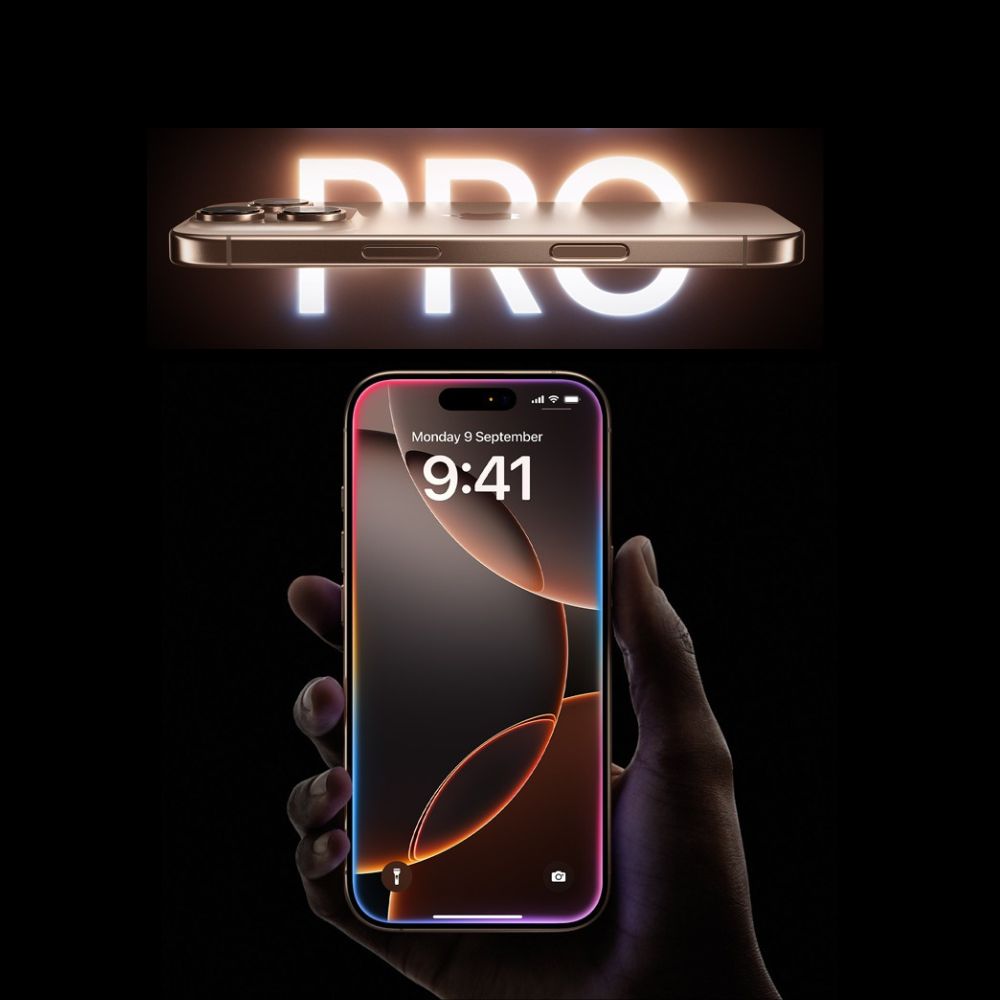
















Leave a Comment